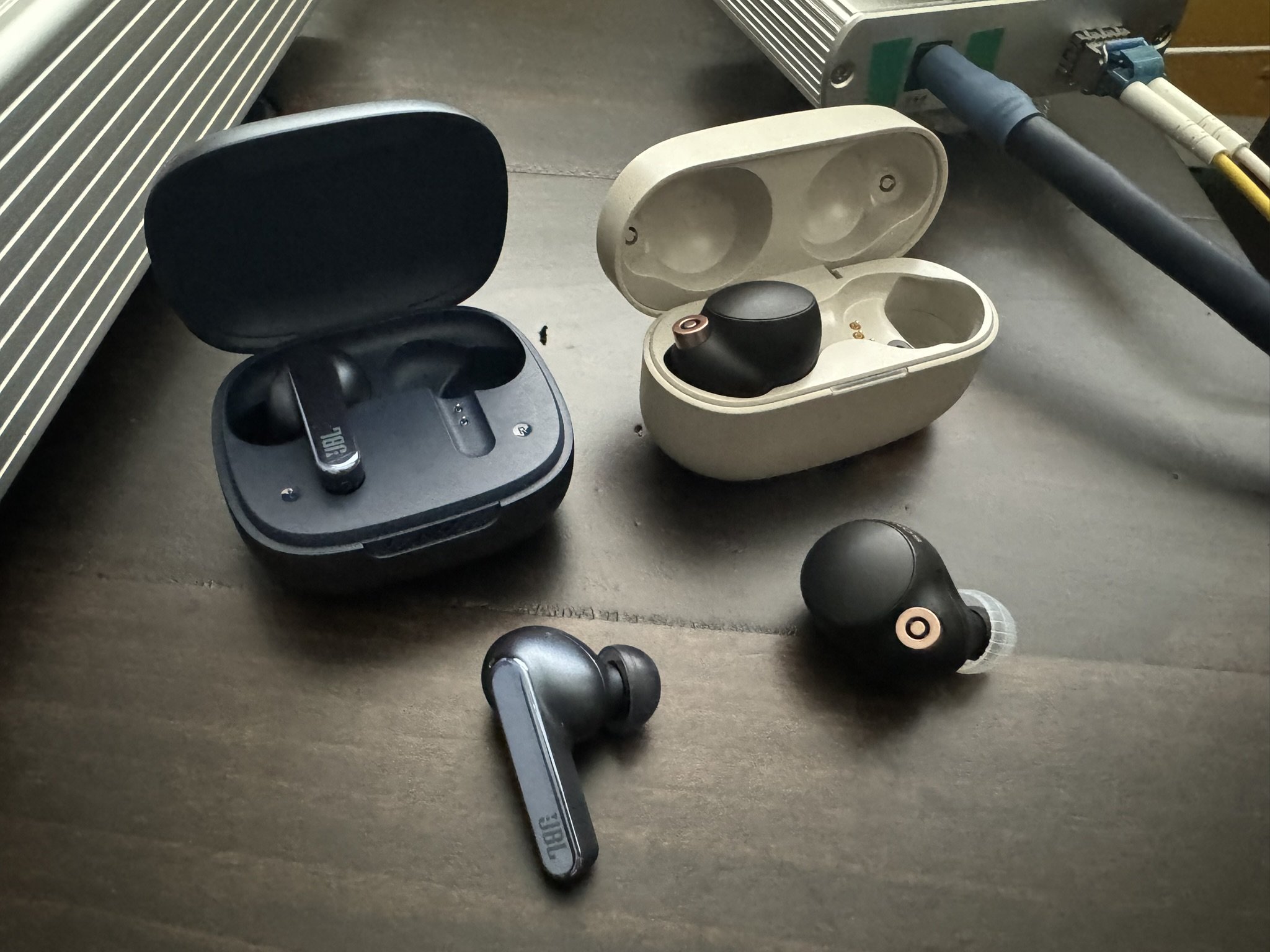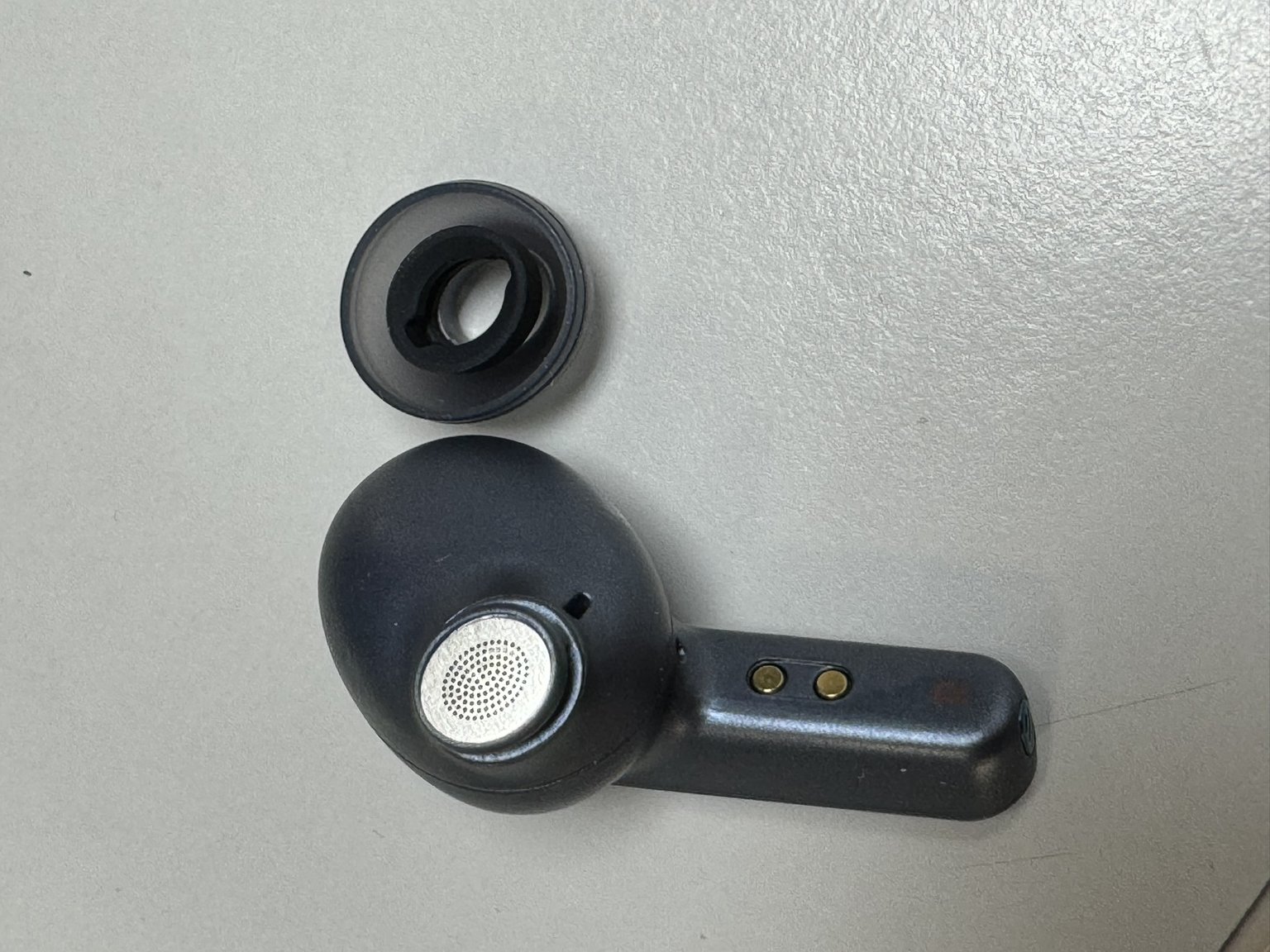Are the JBL LivePro2 IEMs good and should you buy them? Yes and here is why.
Do you get caught up in audio review hype?
When the Sennheiser Momentum True Wireless 3 came on sale (currently $189 on Amazon, regular $249), I pulled the trigger faster than DJANGO. But I don’t hear them like other reviewers have described; upper extension, linear bass, etc.. And it’s funny because to me the Sony WF-1000XM4s perform how others describe the Sennheisers.
The Sennheiser TW3s, ~meh~, I didn’t get an immediate in love reaction like the JBL & Sony.
Right after purchasing the Sennheisers, I messaged Black Ocean Audio’s founder Nick Tarnofsky to share in my purchasing hit and looking for reassurance.
Nick shared that his personal favorite IEM is the JBL Live Pro. I quickly found the LivePro2 on sale for $74 (currently $99 on Amazon, regular $149), added them to my cart and now I have two new in ear monitors to review.
Yeah, I really am The CHEAP Head-Fi man… No ultra Head-Fi in my stable, like the Campfire Audio Andromeda.
The JBL LivePro2 earphones are great and at $149 or cheaper, you should ABSOLUTELY buy them, right now, here. They’re just as good as the WF-1000XM4. Whoah, move over Sony!
These songs prove the JBL LivePro2s have presence and two channel spatiality, not spatial audio FX. Presence is the sense of positioning and space of sound.
For Martha by The Smashing Pumpkins is on Qobuz.com
There are two reference points to listen for during the acoustic track For Martha by The Smashing Pumpkins on Adore (Deluxe).
At exactly 0:58 the bass hits & at 1:18 the cymbals crash and continue to play. The JBLs have a lot of bass, but the way it’s presented and suspended at 0:58 emphasizes spaciousness. The presence of the ring and decay in the cymbals is better than any other IEM I’ve played. It was not until listening to this portion of the track on the JBLs that I stopped to remark on how great those sounds are.
Rake And Rambling Boy by Joan Baez is on Qobuz.com
At exactly 0:44 on the track Rake And Rambling Boy by Joan Baez from her debut 1960 album, Joan plays a percussive against the body of her acoustic guitar. It wasn’t until listening to the JBLs which I paid attention to this tone. None of the other IEMs create the presence of this percussive as do the JBLs, some simply miss it. The JBLs accentuate this, as if it were like being physically present, creating spatiality.
The LivePro2s are defined by
Strong bass, but softness, realness, and presence with music, and even during a phone call.
Their active noise control is great, yet lighter than others. They slip into your ear with a light fit. There is slightly more ambient sound entering your ear which can be better for barometric changes (BIG ADVANTAGE).
Oval transducer ports requiring JBL specific ear tips (boo). They feel light in the ear and need regular adjustment during exercise.
The style and fit works very good wearing a snowboard helmet.
They’re not chunky which may indicate lower build quality, but their performance deems otherwise.
IMO, active ambient sound pass-through in any IEM simply sounds like noise amplified. Sound zone and active-ambient mode features have zero weighting to my preference, neither does 3D spatial audio effects. ANC, however, has strong weighting.
Sony WF-1000XM4 & JBL LivePro2, the Sony’s get a positive (+) chunky award.
Credit given where credit is due RTINGS.com, links below
Credit given where credit is due RTINGS.com, links below
What RTINGS has done with simulated in ear measurements and data is interesting. Shown below are their frequency response function and sound profile curves of the LivePro2. The FRF has a (dashed) baseline curve which is a comparative response to their stereo system. Is this a Scott Walker quality system? Those details were not provided; however, it doesn’t matter as long as this same reference is presented against all other data, which it has.
They normalize (flatten) the reference response and show the deviation of the headphone to that. In this approach, the JBLs have a heightened bass response. This is still subjective, the reader doesn’t understand how the stereo bass response is or room gains, yet the presentation of data is interesting especially when comparing the Sony, JBL and Sennheiser, shown below.
RTINGS original data, link
The TW3s sure are flat! It’s interesting to see bumps in the mid and high treble, it must be an IEM resonance.
RTINGS original data, link
In my listening experiences, I don’t sense a lack of treble in the Sonys at all.
RTINGS original data, link
Does the increased energy of the JBL explain why I heard the sounds described in my song selections so vividly? Maybe, yes.
I don’t fully understand why RTINGS overlaid this data how the did. Why not align the low and mid bass against the reference line? Turn down the gain 4.5 dB. Irrespective, the comparisons are useful.
Sony, JBL, Sennheiser, & Campfire Audio
Sony, JBL, Sennheiser, & Campfire Audio
Comparisons.
I discovered this comprehensive comparison from Picky Audio YouTube showing his evaluation of ANC and where the Sony, JBL and Sennheiser’s land.
Tips matter: Spring Tips, Sony, & Sennheiser with a foamy at the end.
JBL oval transducer & tip
The JBLs work great under the helmet at Mt. Bachelor, Oregon (10/09/23).















